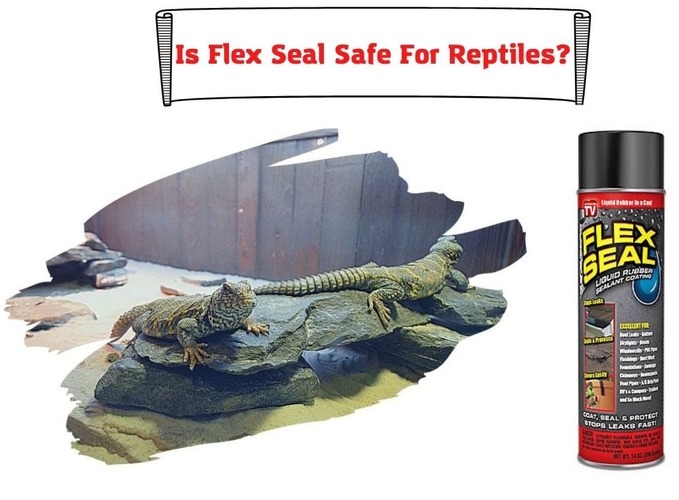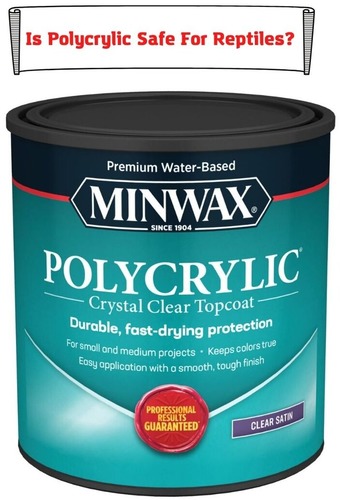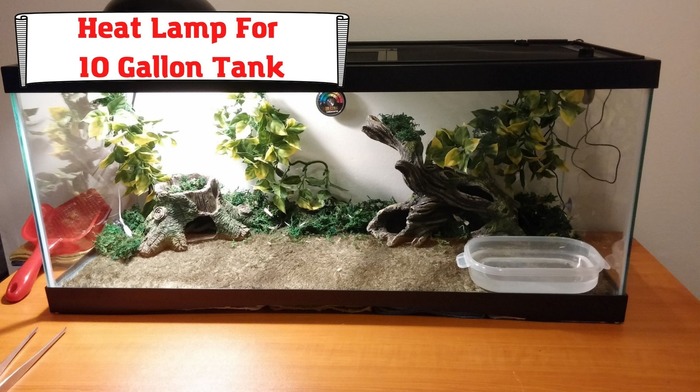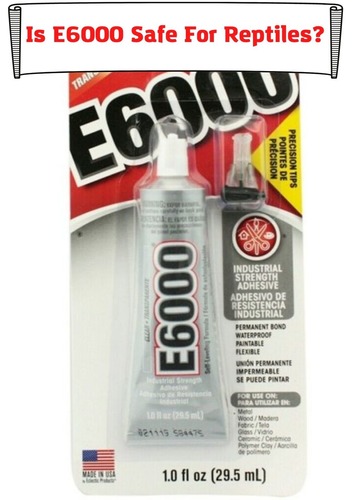Habitat and diet are among the most important considerations when choosing a pet. A snake’s diet is easy to figure out. However, the habitat requires consultations and planning to give your pet a full lifespan.
Which is the best substrate for a ball python? Is coconut husk good or risky for your pet? Our review addresses these questions to simplify your decision. In addition, we will give you good alternatives to coco husk for your consideration.
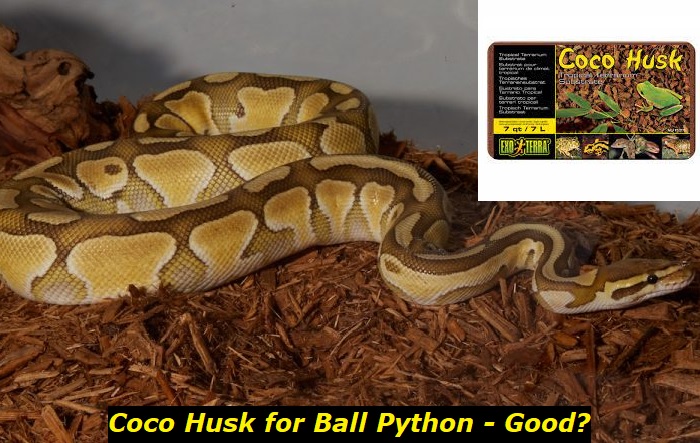
How to Choose the Best Substrate for a Ball Python
Our review is about coco husk as a substrate for ball pythons. Before we talk about this particular substrate, let us discuss the factors to consider when buying a substrate. You can use the guide for other types of snakes and pets.
1. Characteristics of the natural habitat
You may have done this already but this is worth mentioning. Before you bring the ball python home, read about its natural habitat. The process of creating its habitat is easier with the information on its origin.
Here is a snippet. Most ball pythons originate from Africa. The snakes live in the warm grasslands and forests. If you live in a cold state with severe winter seasons, you need a warm habitat for your pet.
The humidity in African grasslands is constantly high. Replicate the same in your home to keep the ball python as comfortable as possible. The substrate should keep the habitat warm and high in humidity.
2. Habits
Every pet has its habits. For ball pythons, expect them to burrow in the substrate during the day. As long as your pet is full, it will burrow and sleep during the day and wake up at night.
It is advisable to choose a substrate that allows the python to burrow and hide when it needs to rest.
3. Risk of ingestion
Your pet is no longer in its natural environment. It has little to explore in the cage, no matter how big you make it. Expect the pet to try chewing the substrate or anything else in the environment that looks edible.
Pick a substrate that looks and tastes different from your pet’s food. In addition, create the habitat in a way that the feeding area is free of contamination from the substrate. Ingesting the substrate could be life-threatening.
4. Parasite risk
You are raising a ball python as a pet, not every insect in your neighborhood. However, if you pick the wrong substrate, your cage will soon be full of mites, bugs, mold, and fungi.
5. Cleaning and maintenance
The excitement of bringing a new pet home also comes with the inconvenience of cleaning the habitat regularly. Most of the dirt and fecal matter accumulate in the substrate.
Cleaning and maintenance may involve changing the substrate daily or several times a week depending on the substrate you buy.
6. Cost
Cost is an important consideration when you have to replace the substrate often. Remember you must feed the pet and check in with the vet often. Choose an affordable substrate if you are on a budget.
7. Availability
A substrate may tick all the important characteristics in this discussion. However, it should be available in your local stores. Otherwise, you will have to change it if it runs out of stock.
Ask the local stores if your substrate of choice is readily available throughout the year. You can purchase it in bulk in case of seasonal shortages or choose another substrate that is always in stock
Our Review of Coconut Husk for a Ball Python
Having discussed all the important considerations for choosing the right substrate, let us analyze coco husk as a substrate for a ball python. Is it the right substrate for your pet?
Pros of Coco Husk
For every substrate in the market, there are pros and cons. The trick is to pick a substrate that meets most of your pet’s needs. The disadvantages should be manageable and non-risky to your pet’s survival.
1. Highly absorbent
Coco husk is made of chopped coconut shells, which are absorbent. It is recommended for reptile pets including snakes because it keeps the habitat dry and warm. In addition, it maintains the high humidity ball pythons enjoy.
Coco husk absorbs both water or liquids and smells. Coconut husk is a great choice if you hate weird smells from a pet’s cage.
2. Antibacterial and antimicrobial properties
The properties limit the growth of microorganisms and mold in the snake’s habitat. The substrate does not support fungi as well. You are less likely to contract bacterial infections when cleaning the cage and handling your pet.
3. Easy to clean and maintain
Coconut husk gives you a great start with aesthetics and absorbing bad smells. The large chunks make cleaning easy because you can scrape off the dirt and reuse the substrate.
4. Availability
Coco husk is popular and available in most pet stores. You can order a delivery to your home online if your local store does not stock coco husk.
5. Aesthetics
If you are keen on aesthetics, you will love the contrast of the ball python while resting on the coconut chunks. It looks like the perfect match for your pet.
Cons of Coco Husk
The substrate sounds perfect so far, but you need to know its downside before ordering.
1. Poor for burrowing
We mentioned that ball pythons like to burrow during the day. Coco husk comes in big chunks that do not allow your pet to burrow comfortably. You may need to create a special spot for that in the habitat or mix it with a different substrate.
2. The substrate is risky if swallowed
A ball python may swallow one of the chips with its feed, which may lead to impaction. Most pets survive after swallowing it but experience digestion problems.
Alternatives to Coco Husk
We consider coco husk as the best substrate to buy for a ball python. However, if it is unavailable in your area or you are hesitant to use it, consider the following alternatives.
1) Coconut Fiber
Coconut fiber is fine and dense enough for your pet to burrow. It has a natural appeal and absorbs moisture. It is also a good choice if you want to keep the humidity in the habitat high.
Another advantage of using coconut fiber is that the impact on your pet’s digestion system when swallowed is insignificant. However, like every other substrate, it has its downside.
Cleaning coconut fiber is challenging. You cannot spot fecal matter easily. It is light and fluffy, meaning that it is likely to spread all over the place. Another thing to consider is that mold can develop if the substrate is moist and dense.
If you must use this substrate, keep it dry and aerated by turning it regularly. In addition, spot clean wastes immediately.
2) Bioactive soil
Bioactive soil is another perfect substrate for burrowing. The soil absorbs moisture well and has living organisms that decompose your pet’s fecal matter and shed skin. You will have an easy time keeping your pet’s habitat clean.
The organisms in the bioactive soil also feed on other microorganisms that may develop in the cage. The substrate allows you to create the most natural habitat because you can add live plants.
The downside of bioactive soil is that it is expensive to buy and set up. However, you can cut the cost by buying and mixing the components at home with your vet’s guide.
3) Cypress mulch
You can use cypress mulch as an alternative to coco husk because of its moisture retention. The substrate helps you keep the humidity high in the cage. It comes ready to use with the right humidity and moisture.
The moisture content will reduce over time. Hence, you need to mist the cage often. The antimicrobial properties in cypress mulch do not allow fungi, mites, and mold to grow.
The major disadvantage of cypress mulch is that it comes in large chunks of tree bark that do not allow burrowing. It is also hard to clean after the python defecates because of its color.
4) Paper
Paper towels and newspapers come in handy when you are shopping for a substrate for a snake pet. As you budget and choose the right substrate, your pet can curl on a paper towel. Butcher block papers are good alternatives to paper towels.
You can bet that the substrate is affordable. In addition, you have a low risk of ingestion and an easy time keeping the cage clean. Papers absorb moisture well. You can also spot any dirt, skin, or waste on paper easily.
Paper towels are a temporal substrate. They do not allow the snake to burrow or enjoy a natural habitat. However, they will keep your pet warm and dry while you figure out the best substrate to purchase.
Conclusion
We recommend coco husk as a substrate for ball pythons and other snakes. The color creates great aesthetics because of its contrast with the snake’s colors. In addition, it absorbs foul smells and liquids easily. The substrate has antimicrobial properties and keeps the habitat humid.
It is easy to clean the cage with this substrate. However, you need to be careful when feeding your pet on this substrate to avoid ingestion. In addition, you may need to mix it with another substrate for the snake to burrow comfortably.
- Pacman Frog Looks Deflated – What’s Wrong and What to Do? - August 7, 2023
- How to Put Snake Back in Cage after Feeding? Important Concerns - July 31, 2023
- Repta Boost: Instruction, Considerations, Ways to Use - July 24, 2023
